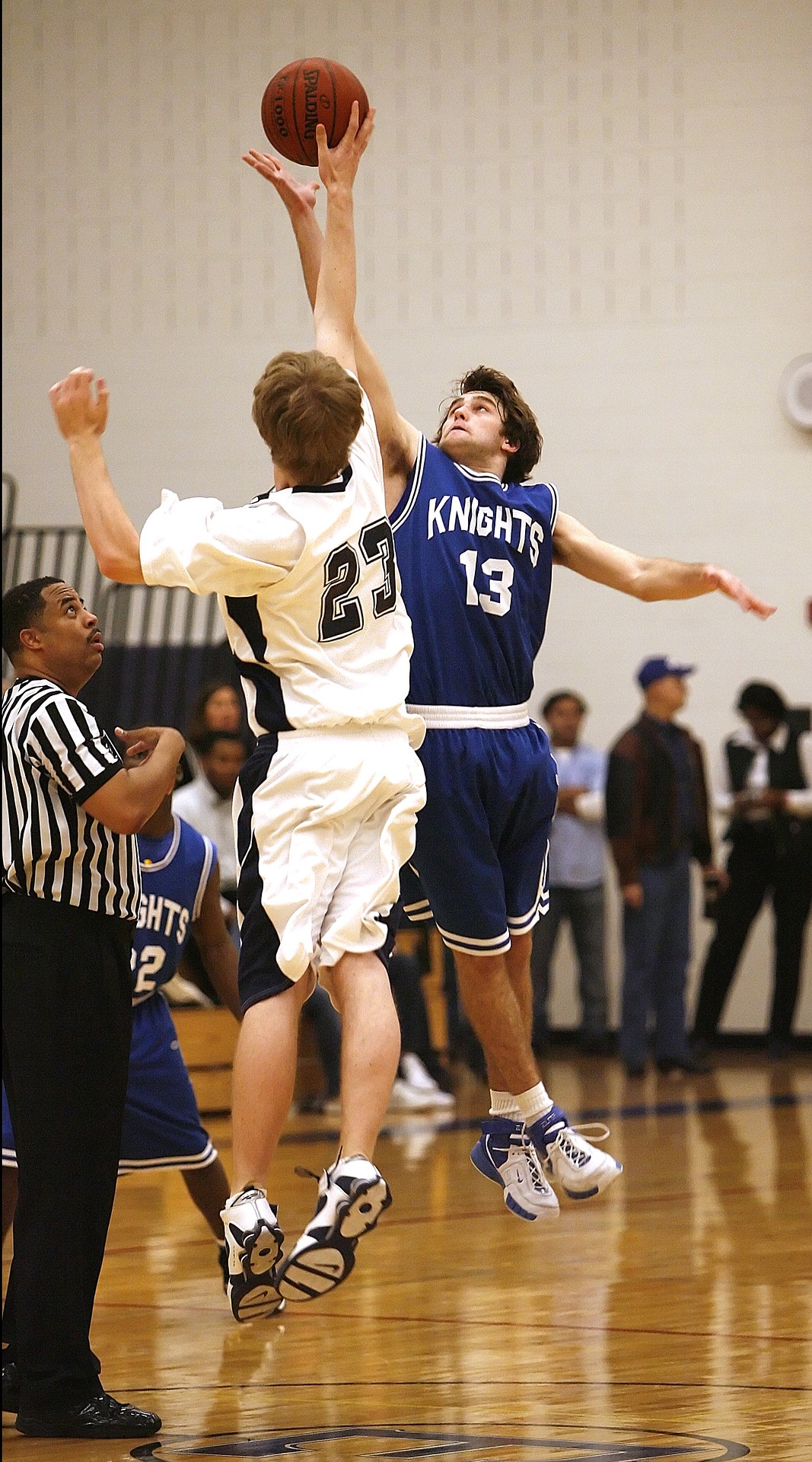12/02/2022
Factors for Improving Vertical Jump
By Gregory Abbott MS, ATC, PES
 Vertical Jump is often considered one of the most sought-after improvements for athletes who are training for their sport. Vertical jumping ability is an integral part of many athletic events. Spiking a volleyball, the high jump, rebounding a basketball and the hurdles, are all examples of how an athlete’s vertical jump can give them an advantage over their competition. Many athletes are looking for quality programs to help them achieve this goal. It is important to know what to look for when selecting a program to get the results you seek.
Vertical Jump is often considered one of the most sought-after improvements for athletes who are training for their sport. Vertical jumping ability is an integral part of many athletic events. Spiking a volleyball, the high jump, rebounding a basketball and the hurdles, are all examples of how an athlete’s vertical jump can give them an advantage over their competition. Many athletes are looking for quality programs to help them achieve this goal. It is important to know what to look for when selecting a program to get the results you seek.
There are many factors that contribute to creating an appropriate training program to help athletes achieve an increased vertical jump. In the vertical jump the forces created by the hip, knee, and ankle muscles react with the ground to propel you vertically. It is important to have adequate strength to begin a vertical jumping program. The muscles of the lower extremity must be able to produce enough force to generate the power to propel your body off the ground. How is this achieved? Plyometric training combined with specific strength training have been found to improve vertical jumping ability by targeting the contractile and elastic properties of the muscles.
Strength Training:
Developing maximal strength using exercises that require the use of multiple joints is recommended. Squats, Lunges, Deadlifts, and Step-up variations are some general exercises that help develop the muscles around the hip, knee, and ankle. These are great for youth athletes who are looking to develop the major muscle groups. For college and professional athletes who have already developed those muscle groups, more specific strength exercise should be selected. Olympic lifts variations such as snatches and cleans, will help these athletes transfer strength through those muscle groups and mimic aspects of the vertical jump. Depending on the level of strength of the athlete the appropriate strength exercises can greatly enhance a training program. For all levels, proper form is essential to achieve maximum results and avoid injury!


Plyometrics:
Plyometric exercises are described as a rapid deceleration of the body which is immediately followed by a rapid acceleration of the body in the opposite direction. These exercises involve the elastic properties of the muscles and connective tissue to store energy during the deceleration and release the energy during that rapid acceleration. Box jumps, bounds, and squat jumps are examples of exercises to help develop vertical jump. More advanced plyometric exercises include single leg jumps, multiple jumps, and depth jumps, but should only be done by those with solid training experience. Once these have been mastered, athletes should consider adding jumping movements that more closely resemble their sport. 
A program to help increase a vertical jump should involve both strength training and plyometric exercises together to achieve success. This program should be overseen by a licensed athletic trainer or certified strength coach to keep the athlete safe. In review, the right exercises, administered through a quality program, by a credentialed professional will help you avoid injury and have you soaring to new heights!
 About Gregory Abbott MS, ATC, PES
About Gregory Abbott MS, ATC, PES
Greg graduated from Hofstra University with a major in Athletic training in 2008. Completed his master’s in Performance Enhancement and Injury Prevention from California University of Pennsylvania in 2011. Started working with the Marsh Brook Rehab Center for Athletes in August 2008. Worked as the head athletic trainer at Marshwood High School from 2008-2017. Transitioned into a full-time role in the Center for Athletes in 2018. He enjoys spending time with his family, hiking and powerlifting.